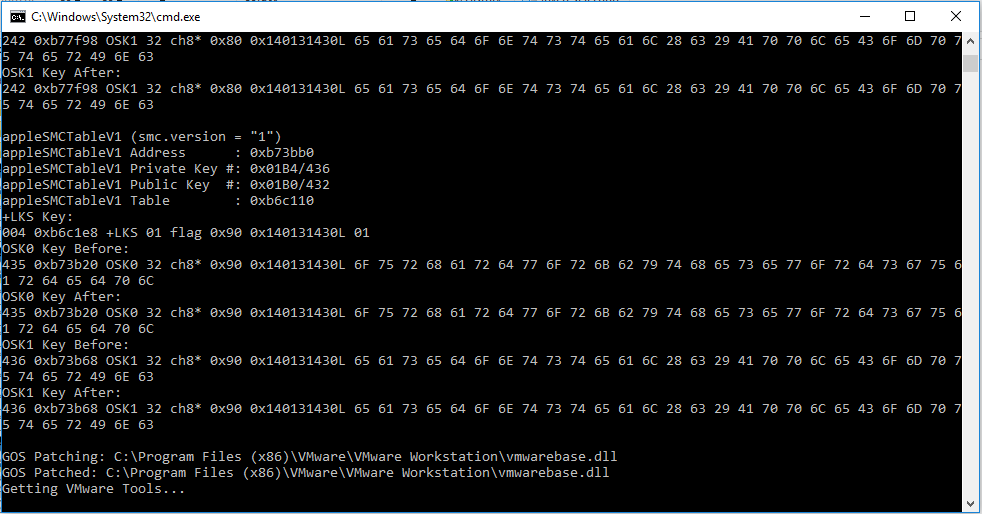

- #How to exit vmware workstation on mac install#
- #How to exit vmware workstation on mac software#
- #How to exit vmware workstation on mac iso#
Demo - Installing, Creating, and Duplicating VMware Workstation Note: However, different hypervisors like to use different file types. The extensions on the end of a file are:.You can assign required storage to virtual machines manually.It manages the storage components from a central console.In virtualization, the storage component is the data cluster from multiple network storage devices.With this resource, a developer can add and modify the virtual machine capacity.The memory size shows how much memory is available to the application available in the virtual machine.The virtual machine settings show how much of the host's memory is allocated to the virtual machine.In simple words, virtual memory is the RAM of a computer machine.In simple words, hypervisor typically assigns one workload per CPU.This allows multiple VMs to share a processor core.When a developer installs a hypervisor in a machine, you abstract each CPU into the virtual CPU.Some of the most common benefits of the hypervisor are: This process would require 2 guest operating systems, which are controlled by a hypervisor. Type 2 hypervisors are VirtualBox and VMWareĬonsider an example where you want to run 2 apps on your server in total isolation.Type 1 hypervisors are HyperKit for MacOS, Hyper-V for Windows, and KVM for Linux.

#How to exit vmware workstation on mac software#

hdiutil attach /Applications/Install\ OS\ X\ Yosemite.app/Contents/SharedSupport/InstallESD.dmg -noverify -nobrowse -mountpoint /Volumes/install_app.
#How to exit vmware workstation on mac iso#
At the time I was using VMware with Mavericks and downloaded Yosemite from the App store and then your magic to produce the ISO Hoo Hoo Hoorrayyy Thank you Glaude, thank you so very much for making my life a bit fun, I use your method and change it a bit to make a bootable ISO for Yosemite and it works

#How to exit vmware workstation on mac install#
Just for information, Fusion 8.x does not need an iso it can install directly from the App Store download, for workstation shela's script can create an iso for any of the App Store download versions of OS X and macOS, see link below:


 0 kommentar(er)
0 kommentar(er)
